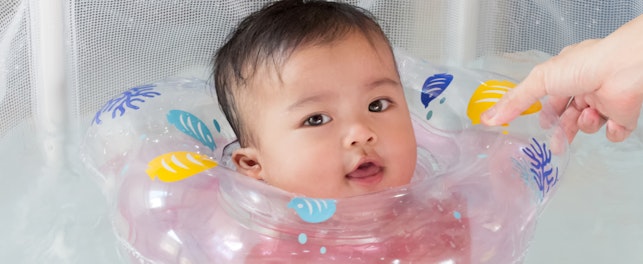The European Directorate for the Quality of Medicines & Healthcare (EQDM) has published a technical guide for food contact paper and board.
In the European Union (EU), the general requirements for food contact materials and articles are governed by Regulation (EC) 1935/2004 (Framework Regulation). In addition to these requirements, there are specific measures for four material groups:
- Active and intelligent materials
- Ceramics
- Plastics (including recycled plastics)
- Regenerated cellulose film, as well as legislation on specific substances – bisphenol A (BPA), certain epoxy derivatives and the release of N-nitrosamines and N-nitrosatable substances from rubber teats and soothers
In the absence of specific measures at the EU level, EU Member States may maintain or adopt national legislation on food contact materials and articles and these provisions may differ from one Member State to another. Additionally, the Council of Europe (CoE) has published recommendations for some food contact materials and articles, including those for paper and board, as well as tissue paper.
In May 2021, the European Directorate for the Quality of Medicines & Healthcare (EDQM) issued the first edition of its technical guide ‘Paper and board used in food contact materials and articles.’ This publication consists of two parts:
- Part I. Council of Europe Resolution CM/Res (2020) 9 on the safety and quality of materials and articles for contact with food
- Part II. Technical guide on paper and board used in food contact materials and articles – a supplementary guide to Resolution CM/Res (2020) 9 that provides additional requirements for food contact paper and board
This document supersedes the Council of Europe’s Policy statement concerning paper and board materials and articles intended to come into contact with foodstuffs (Version 4 dated 12.02.2009).
According to the technical guide, it supplements Resolution CM/Res (2020) 9 and lays down additional requirements for materials and articles made from paper and board. The scope includes materials and articles for all types of food contact application, including baking and filter paper, cups, food packaging, kitchen towels, napkins, plates and straws. Food contact paper and board other than filter paper, and cooking and baking paper, may be manufactured from recycled paper and board materials.
Highlights of selected specific migration requirements from the technical guide are summarized in Table 1. In addition to specific migration requirements, the general requirements in the technical guide recommend compliance with several other parameters, including taste and odor, overall gas phase migration, release of fluorescent whiteners or colorants, microbiological purity and transfer of antimicrobial substances.
Item | Substance | Specific migration limit (SML) in food/food simulant |
|---|---|---|
1 | Bisphenol A (BPA)1 | 0.05 mg/kg2 |
2 | Not detected (0.01 mg/kg)3 | |
3 | Sum of benzo(a) pyrene, benzo(a)anthracene | Not detected (sum, detection limit = 0.001 mg/kg for food contact paper and board not yet in contact with food) |
4 | Sum of dibutyl phthalate (DBP) and diisobutyl phthalate (DIBP)1 | 0.3 mg/kg4 |
5 | Di(2-ethylhexyl) phthalate (DEHP)1 | 1.5 mg/kg4 |
6 | CMR category 1A/1B primary aromatic amines (PAAs)1 | Not detected (0.002 mg/kg)5 |
7 | Sum of all PAAs1 | Not detected (0.01 mg/kg)6 |
8 | Lead7 | Not detected (0.01 mg/kg)4 |
1Potential source = adhesives, organic coatings, printing inks and recovered fibers | ||
Table 1
SGS technical experts have extensive knowledge and testing experience in materials and articles in contact with food. They work to ensure that your products meet the appropriate regulations for food contact materials, paving the way for compliance. From overall migration tests to expert advice on emerging regulations, compliance issues and documentation review, SGS is the partner to trust. In the end, it’s only trusted because it’s tested. Discover more on our website and read our brochure.
For inquiries, please contact:
Hingwo Tsang
Global Information and Innovation Manager
t: (+852) 2774 7420
© SGS Group Management SA - 2021 - All rights reserved - SGS is a registered trademark of SGS Group Management SA. This is a publication of SGS, except for 3rd parties’ contents submitted or licensed for use by SGS. SGS neither endorses nor disapproves said 3rd parties contents. This publication is intended to provide technical information and shall not be considered an exhaustive treatment of any subject treated. It is strictly educational and does not replace any legal requirements or applicable regulations. It is not intended to constitute consulting or professional advice. The information contained herein is provided “as is” and SGS does not warrant that it will be error-free or will meet any particular criteria of performance or quality. Do not quote or refer any information herein without SGS’s prior written consent.



